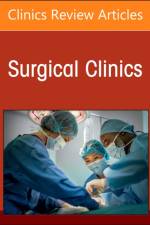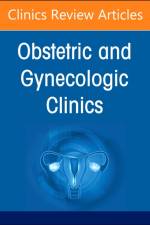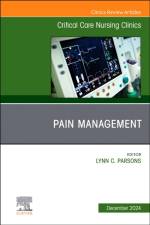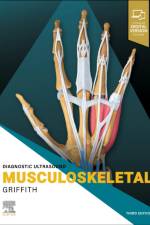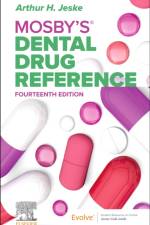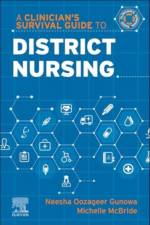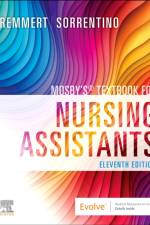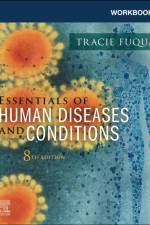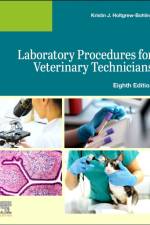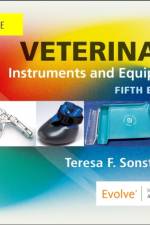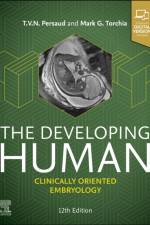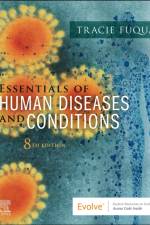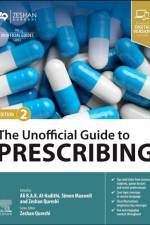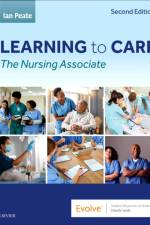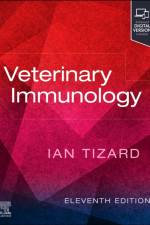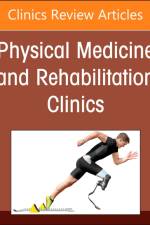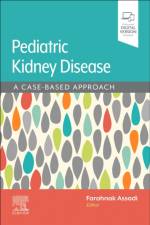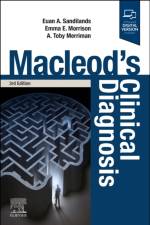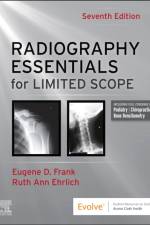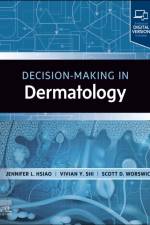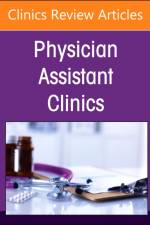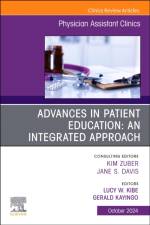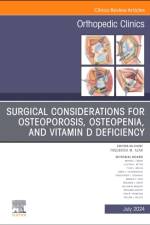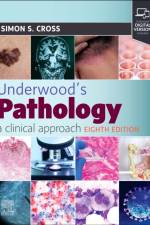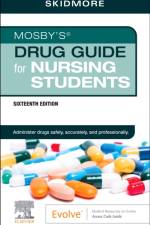av Arthur H. (Associate Dean for Strategic Planning and Continuing Dental Education Jeske
849,-
No dental office should be without this quick-reference drug handbook! Ideal for chairside use by the entire dental team, Mosby's Dental Drug Reference, 14th Edition, provides guidelines for safe, accurate drug administration. More than 800 drug monographs - including 93 new monographs covering newly released, FDA-approved drugs - make it easy to find the information most relevant to oral healthcare practitioners, including indications and dosages, contraindications, interactions, side effects, serious reactions, and dental-specific drug data. Accompanied by an Evolve website with additional monographs, photos of pathologic conditions, and more, this durable, pocket-sized guide provides the current, concise drug information needed at the point of care.NEW! More than 93 new monographs cover newly released, FDA-approved drugs and provide up-to-date content on the latest drug therapies.NEW! Expanded coverage of "Biologic Agents" explores their impact on oral health and dental treatment.Durable, pocket-sized format provides essential drug information at a glance, making this guide ideal for chairside use.More than 800 drug monographs include each drug’s generic name, pronunciation, brand names, drug class, controlled substances schedule, mechanism of action, uses or indications, doses and routes of administration, side effects/adverse reactions, contraindications, precautions, pharmacokinetics, drug interactions of concern to dentistry, and more.Detailed dental considerations at the end of each monograph include an easy-to-use, bulleted list of specific dental-related information, as well as general drug information, saving you time with information that is dentistry-focused and easy to use.Emphasis on oral health, prevention, and treatment from the dental hygienist’s perspective facilitates the use of drug information for patient and family education.Coverage of oral contraceptives provides dental information on these commonly used drugs, often known to patients only by their brand names, to help you better serve and educate your patients.Convenient reference information in the front of the guide includes the therapeutic management of common oral lesions and drug information specific to medically compromised patients, while the back of the guide includes convenient appendices on abbreviations, drugs associated with dry mouth, drugs that affect taste, oral contraceptives, preventing medication errors, and more.

